Amazon wild west: where drugs, fish and logging are big money but life is cheap

The Guardian Fri 1 Jul 2022 07.00 BST
Illegal businesses form an interlocking web in the Brazilian remote region where Dom Phillips and Bruno Pereira were killed, threatening Indigenous communities and local ecology by Oliver Laughland and Roberto Kaz on the Itaquaí River
Near a sharp bend on the Itaquaí River, perched on a steep muddy bank, a lone wooden structure marks the last outpost of a fragile resistance.
This is the informal checkpoint used by the Indigenous rights advocate Bruno Pereira, an isolated stilted shack he hoped could help curb the rampant organized crime which threatens the pristine rainforest of the remote Javari Valley, the ecosystems within it, and the Indigenous communities who call it home.
But two weeks after the bodies of Pereira and the journalist Dom Phillips were recovered, there is little here to suggest any improvement in security.
The outpost is intermittently frequented by members of Univaja, the Indigenous rights collective for whom Pereira had worked. But it is currently manned by a lone resident: a 76-year-old Peruvian named Juan da Silva and his black labrador mutt. Equipped with a torch, a fishing rod, a few cans of food, and occasionally a radio, he fears for his life every night.
“I want to get out of here,” says Da Silva. “I don’t want to die. I want to live.”
The outpost is where Phillips and Pereira slept the night before they were killed. Da Silva points to the hooks that held their hammocks, bolted to wooden posts under a small porch.
Pereira had slept on the right side of the building, which overlooks a small estuary used by illegal fishermen to enter a lake with thousands of valuable pirarucu fish – and a pathway into Indigenous land that evades a government checkpoint a few miles upstream.
“The fishermen get very angry if we don’t let them through,” Da Silva says, pointing to the stream, where a shaggy crested Amazon kingfisher sits on a branch scouring the water. “Sometimes I can’t stop them, because if I did they would kill me.”
Such are the contrasts in this underreported part of the Amazon rainforest where magnificent natural beauty has become a backdrop to increasing violence and impunity. It is the setting for a battle over access to resources that have intensified following the election of Brazil’s far-right president, Jair Bolsonaro, in 2018.
Law enforcement officials say the Javari Valley, an area the size of Portugal and home to the world’s largest concentration of uncontacted Indigenous tribes, is now Brazil’s second-largest drug trafficking route, where the interwoven illicit industries of fishing, logging, and mining have proliferated over the past decade.
A few miles downstream from the makeshift checkpoint, at the small fishing community of São Rafael, the village president, Manoel Vítor Sabino da Costa, known as “Churrasco”, spoke of the many threats he has faced in recent years. Churrasco was initially a suspect in the killing but denied any knowledge or involvement.
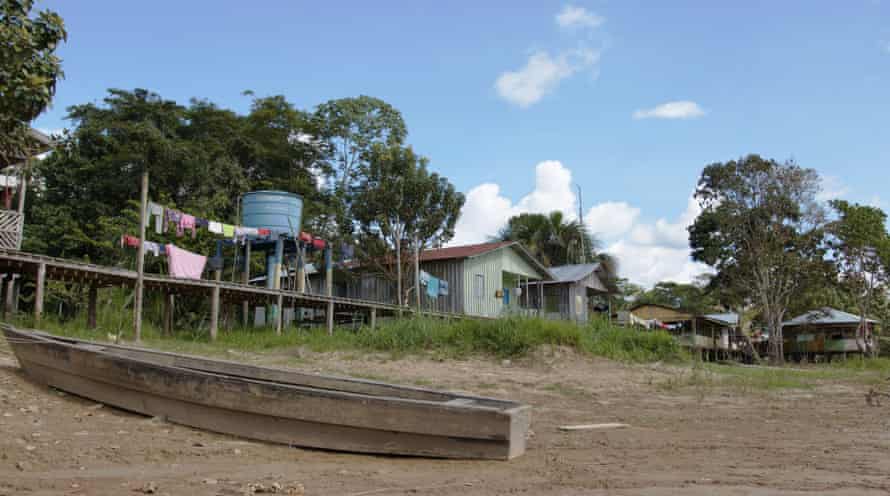
Pereira and Phillips had tried to meet with him shortly before they were killed, but the fisherman was out on a nearby lake when they arrived, he said. He pulled a strip of lined paper from a small drawer and showed a note the pair left behind with a request to call.
Pereira had worked with villagers here, trying to steer them away from illegal fishing – many of the river’s species are subject to strict regulation to manage stocks, and it is prohibited to fish in Indigenous territory further upstream. But a single pirarucu, one of the world’s largest freshwater fish, which grows to over 100 kilograms, can be sold for $1,000 at market price, while a single Amazon river turtle can be sold for $200.
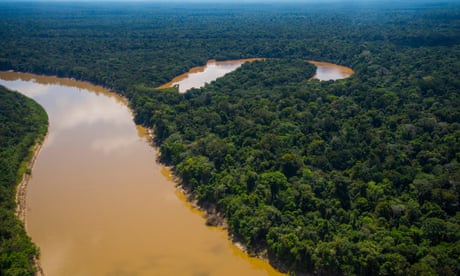
Locals say illegal activities have become commonplace in recent years. One villager recently spotted a boat with three men carrying shotguns, laden with illegally caught fish. Illegal fishermen use small boats, laden with ice, to navigate into Indigenous land under cover of darkness, according to a report by Univaja, and then return to deliver their catches to larger boats waiting on the main river.
Churrasco knew the three men arrested on suspicion of the murders; they lived in the nearby fishing village of São Gabriel, now eerily almost empty. Two were his distant nephews. He said one of the suspected murderers, Oseney da Costa de Oliveira, had recently threatened him with a shotgun out on the lake.
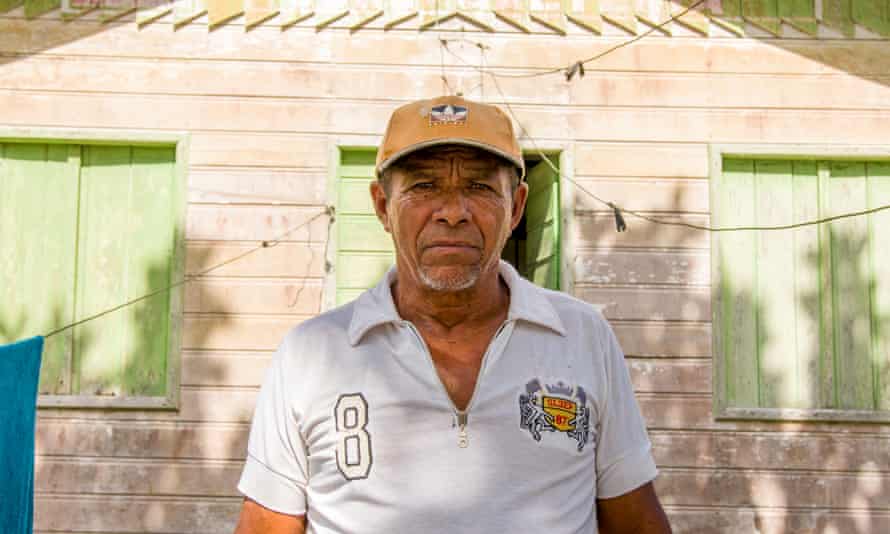
“He put the gun in my face and threatened to kill me,” he recalled, saying the men had wanted access to fish illegally. The trigger was never pulled, but they sank his boat instead and Churrasco was left to swim for shore.
“They were involved with bad people,” Churrasco said of the suspected killers. He claimed to know no more than that.
Last week police said they had expanded their investigation of the murders to examine whether the killings had been commissioned, but said their working theory remained that it was “a crime of opportunity”.
The illegal fishing industry in the Javari Valley has become just as lucrative as drug trafficking, and operates under an interlinked umbrella of organized crime, said Alexandre Saraiva, a senior federal police officer.
Saraiva served as superintendent for the state of Amazonas until 2021 when he was sidelined by the Bolsonaro administration after leading an investigation that linked Brazil’s former environment minister Ricardo Salles to illegal logging in the rainforest.
“We made dozens of stops in Manaus [the state capital of Amazonas] of boats that carried both drugs and pirarucu,” he said, adding that a single boat can carry five tonnes of pirarucu, which can eventually be sold for $50,000. In one instance, Saraiva said, his officers apprehended a boat carrying 600 river turtles, with a street value of over $100,000.
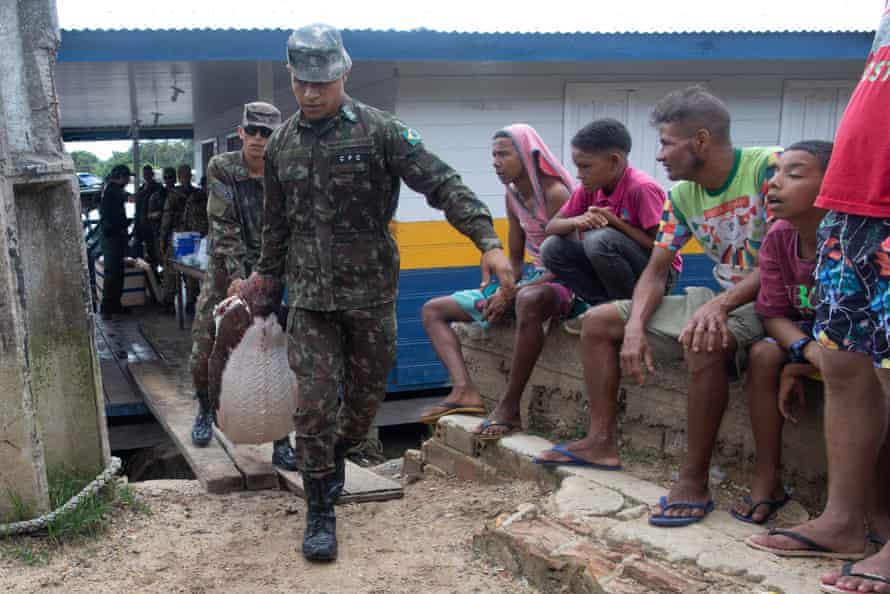
“Illegal fishing costs next to nothing”, he explained. “You don’t need to waste money feeding the fish, they’re relatively easy to catch, and the workforce is cheap.” A fisherman earns about one to two thousand Brazilian reais (around $400) for a whole month of work. “And it involves much less legal risk than drug trafficking.”
Logging is another lucrative criminal activity. Saraiva described the case of a local mafia figure, Alcides Guizoni, who was sentenced to six years in prison over cocaine smuggling and later pivoted his activities to illegal logging from which, according to a federal police document, he earned 16.8m reais ($3.2m) over four years.
The potential profits to be made in the Javari Valley have drawn criminal organizations from across the country, including the Family of the North, the Red Command, and First Capital Command, three of Brazil’s largest organized crime groups – and a local drug lord operating on the Peruvian side of the Javari River, known as “Colombia”.
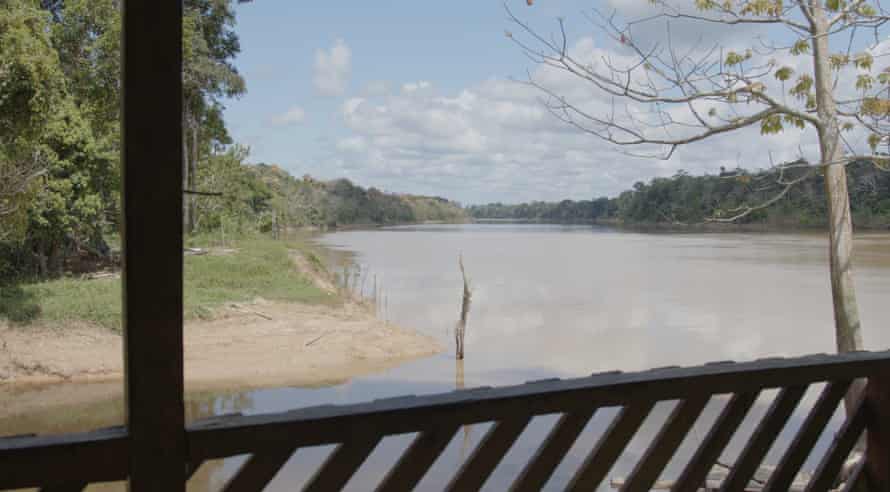
With sweeping government cuts in the region – there has been no federal environmental agency [Ibama] base here since 2018 and just three, poorly resourced Indigenous protection agency [Funai] outposts – seizures have plummeted under the Bolsonaro administration, according to a report by Publica, a Brazilian investigative newsroom. According to internal Funai documents seen by the Guardian, the Funai outpost closest to where Pereira and Phillips were killed has come under fire seven times in the past two years.
The void has left advocates like Pereira and Univaja forced to undertake increasingly dangerous surveillance operations with no state support.
After Phillips and Pereira went missing, Bolsonaro appeared to blame them, describing their reporting trip as “an adventure that isn’t recommendable”. Saraiva poured scorn on the comment.
“Dom Phillips was not on an ‘adventure’. He was a war correspondent documenting a war.”
Saraiva argued that the Brazilian government has more than enough resources to end the crime surge here, citing his own experience combating illegal gold mining in the Yanomami Indigenous territory by using the army to target illegal infrastructures such as boats and equipment.
“But they [the Bolsonaro administration] are not doing it for lack of political will.”
The police chief, now sidelined in a small municipality outside Rio de Janeiro, said he believed it was almost certain the murder of Pereira had been approved by a senior crime boss.

The stretch of the Itaquaí where Phillips and Pereira were shot dead is patrolled by a pod of endangered Amazon river dolphins, known as botos. They fish together, the sharp puff of their blowholes piercing the silence on the water.
Indigenous search parties identified the site where the men’s boat hit the shore by spotting subtle changes in the foliage around the banks. Twigs snapped at right angles. Patches of grazing on the bark. Two lines of yellow police tape remain tied to a munga ba tree: one flutters in the breeze, the other droops to the water. But otherwise, there is nothing to distinguish where the two men died.
In Atalaia do Norte, the small riverside town where Pereira and Phillips had been due to return, there has been an extended period of mourning. But there have also been mounting concerns among Indigenous communities that things will get even worse in the months ahead.
“Bruno and Dom Phillips were our great warriors,” said Delcimar Tamakuri Kanamari, an Indigenous leader and Univaja member. “They were part of our movement.”
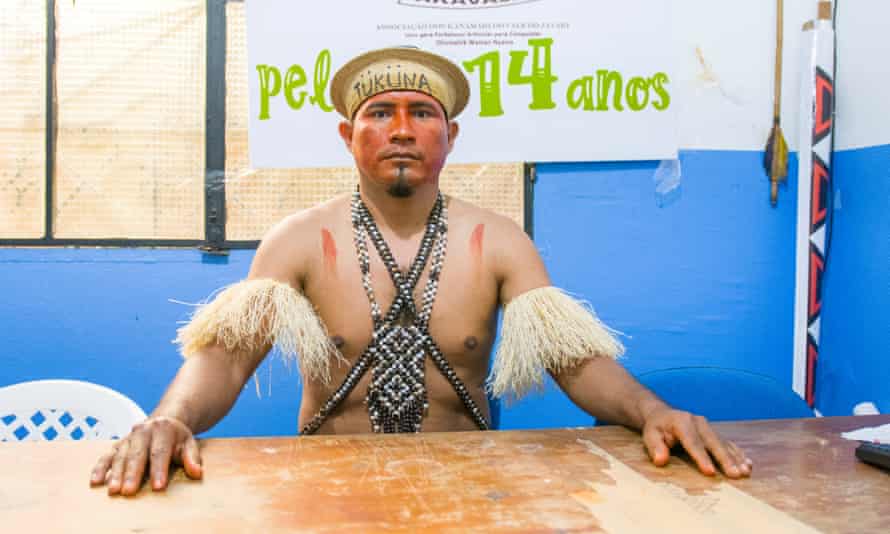
A memorial service last week drew dozens of Indigenous people from at least five communities in the Javari Valley. Some spend the majority of the year in the protected rainforest and had heard of the murders over the radio. Behind closed doors, a senior Kanamari tribal leader briefed the Guardian on how increasing drug traffic has wrought havoc on his community.
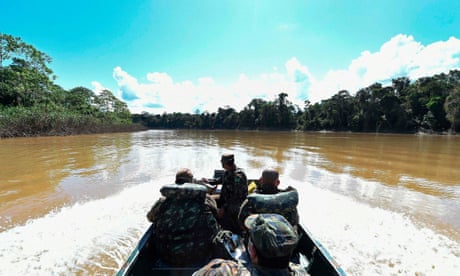
The Javari River marks the border between Brazil and Peru, where the cultivation of coca – the plant used to make cocaine has increased by almost 20% in the past year, according to UN data. Jungle laboratories on the Peruvian side of the river illegally transform coca into cocaine and then ferry it across the river to store on protected Indigenous land in Brazil where Peruvian police have no jurisdiction, the tribal leader said.
“That way no one will find it,” they said. “There is no enforcement whatsoever here and the criminals target any of us who try to stop them.”
Traffickers have also begun recruiting younger Indigenous men and boys into the drugs operations themselves, said Tamakuri. Drawn in by payments of a few hundred dollars for months of work, promises of clothing, and mobile phones, the recruits then face execution if they try to escape.
Last week Tamakuri and others delivered a 20-page document to the Funai office in town, containing photographs of illegal camping, fishing boats, and a floating home used by traffickers on their land.

“We are being menaced by the whites that come for fishing, the Peruvian loggers and the Colombian narcotraffickers,” it said, also mentioning threats from hunters and evangelical missionaries in the area.
Phillips had spent much of his recent career dedicated to reporting on the violence experienced by Indigenous communities here, including an alleged massacre of an isolated tribe by gold miners in 2017.
As the memorial drew to a close last week, the anthropologist Almerio Alves Vadique addressed the mourners near a large image of the two men, surrounded by orange tropical flowers.
“This was a tragedy foretold,” he said to the silent crowd. “Yesterday it was Bruno and Dom. But tomorrow it could be any of the people in here.”
OVERVIEW OF THE DANGEROUS AMAZONE AREA (VIDEO)
Commentary:
HUMAN SYNTHESIS
COPYRIGHTS
Copy & Paste the link above for Yandex translation to Norwegian.
WHO and WHAT is behind it all? : >
The bottom line is for the people to regain their original, moral principles, which have intentionally been watered out over the past generations by our press, TV, and other media owned by the Illuminati/Bilderberger Group, corrupting our morals by making misbehavior acceptable to our society. Only in this way shall we conquer this oncoming wave of evil.
All articles contained in Human-Synthesis are freely available and collected from the Internet. The interpretation of the contents is left to the readers and does not necessarily represent the views of the Administrator. Disclaimer: The contents of this article are of the sole responsibility of the author(s). Human-Synthesis will not be responsible for any inaccurate or incorrect statement in this article. Human-Synthesis grants permission to cross-post original Human-Synthesis articles on community internet sites as long as the text & title are not modified.
HUMAN SYNTHESIS